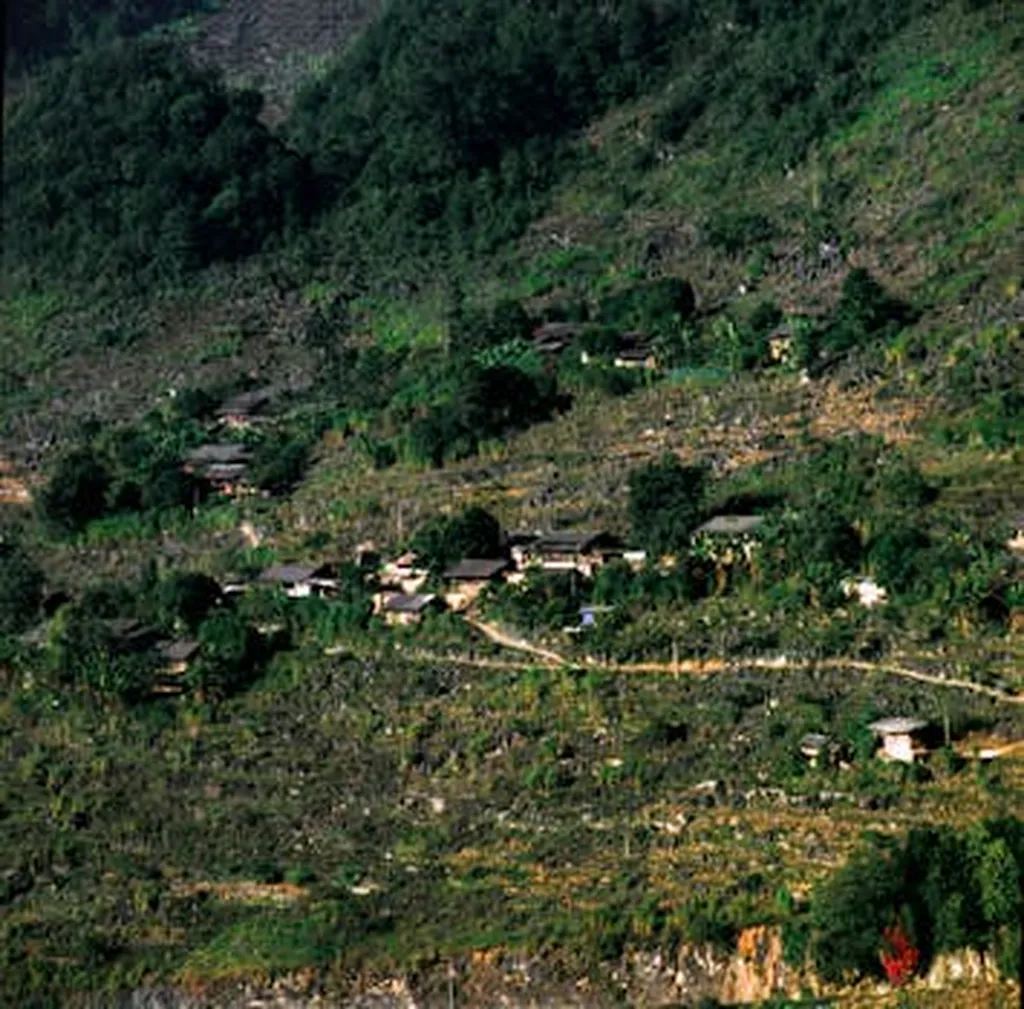In the heart of China’s agricultural landscape, a silent threat is looming, one that could reshape the future of food security and agricultural management. Compound dry and hot events (CDHEs) are emerging as significant climatic threats to the middle reaches of the Yangtze River Basin (MRYRB), a region often referred to as China’s breadbasket. A recent study published in *Remote Sensing* (translated as “Remote Sensing” in English) sheds light on the spatiotemporal dynamics of agricultural risks associated with these events, offering critical insights for policymakers and farmers alike.
Led by Yonggang Wang from the School of Geography and Environment at Jiangxi Normal University, the research employs a sophisticated Hazard-Exposure-Vulnerability (HEV) framework, integrated with remote sensing technology and geographic data, to assess the agricultural risks posed by CDHEs. The findings are both alarming and enlightening.
“Our results indicate an increasing trend in agricultural risks across the region, particularly in the Poyang Lake Plain and Jianghan Plain,” Wang explains. “This trend underscores the urgent need for targeted adaptation strategies to mitigate future risks.”
The study reveals that while some areas, like the Dongting Lake Plain, have seen a decrease in agricultural risks, others are facing significant challenges. The Poyang Lake Plain, for instance, has experienced a 21.9% increase in agricultural risks, followed by the Jianghan Plain with a 9.9% increase. These findings challenge the longstanding assumption that hydrological abundance inherently confers robust resistance to compound drought and heatwave stresses in lacustrine plains.
One of the most compelling aspects of the research is its spatial autocorrelation analysis, which demonstrated a significant negative relationship between gross primary production (GPP) and high agricultural risks of CDHEs. With a spatial concordance rate of 52.6%, the study highlights the critical need for incorporating CDHE risk assessments into agricultural management practices.
So, what does this mean for the future of agriculture in the MRYRB and beyond? The study suggests several targeted adaptation strategies, including strengthening water resource management and developing multi-source irrigation systems in high-risk areas. Improving hydraulic infrastructure and water source conservation capacity in northern and southwestern Hunan Province is also recommended. Moreover, the research emphasizes the importance of regional risk-based adaptive planning to reduce agricultural losses.
The implications of this research extend beyond the agricultural sector. As climate change continues to exacerbate the frequency and intensity of extreme weather events, understanding and mitigating agricultural risks will be crucial for ensuring food security and economic stability. For the energy sector, this research underscores the need for integrated approaches that consider both natural and socio-economic factors in risk assessment and adaptation planning.
In the words of Yonggang Wang, “Our findings provide a comprehensive assessment of agricultural risks associated with CDHEs, offering a foundation for developing effective adaptation strategies.” As we navigate the complexities of climate change and its impact on agriculture, this research serves as a vital guide for policymakers, farmers, and energy sector professionals alike.
By leveraging remote sensing technology and integrated geographic data, this study not only advances our understanding of agricultural risks but also paves the way for innovative solutions that can safeguard our food supply and economic stability in the face of a changing climate.

